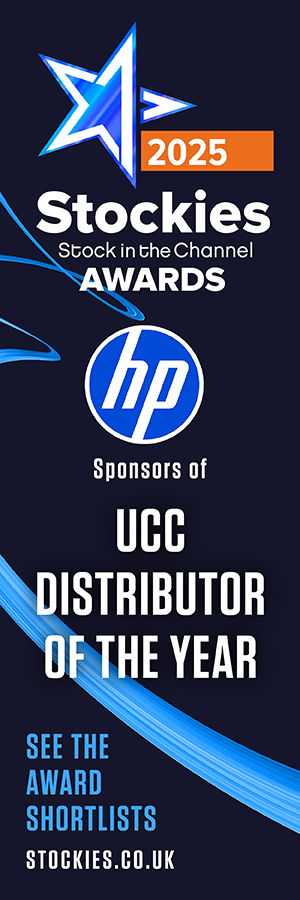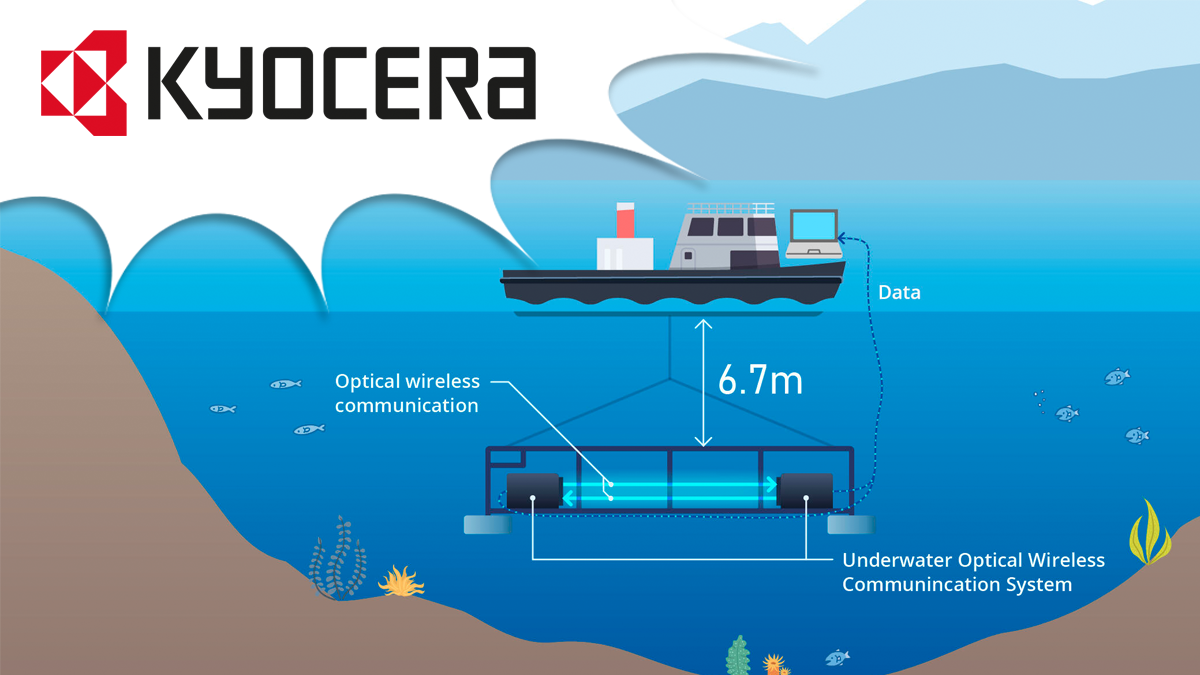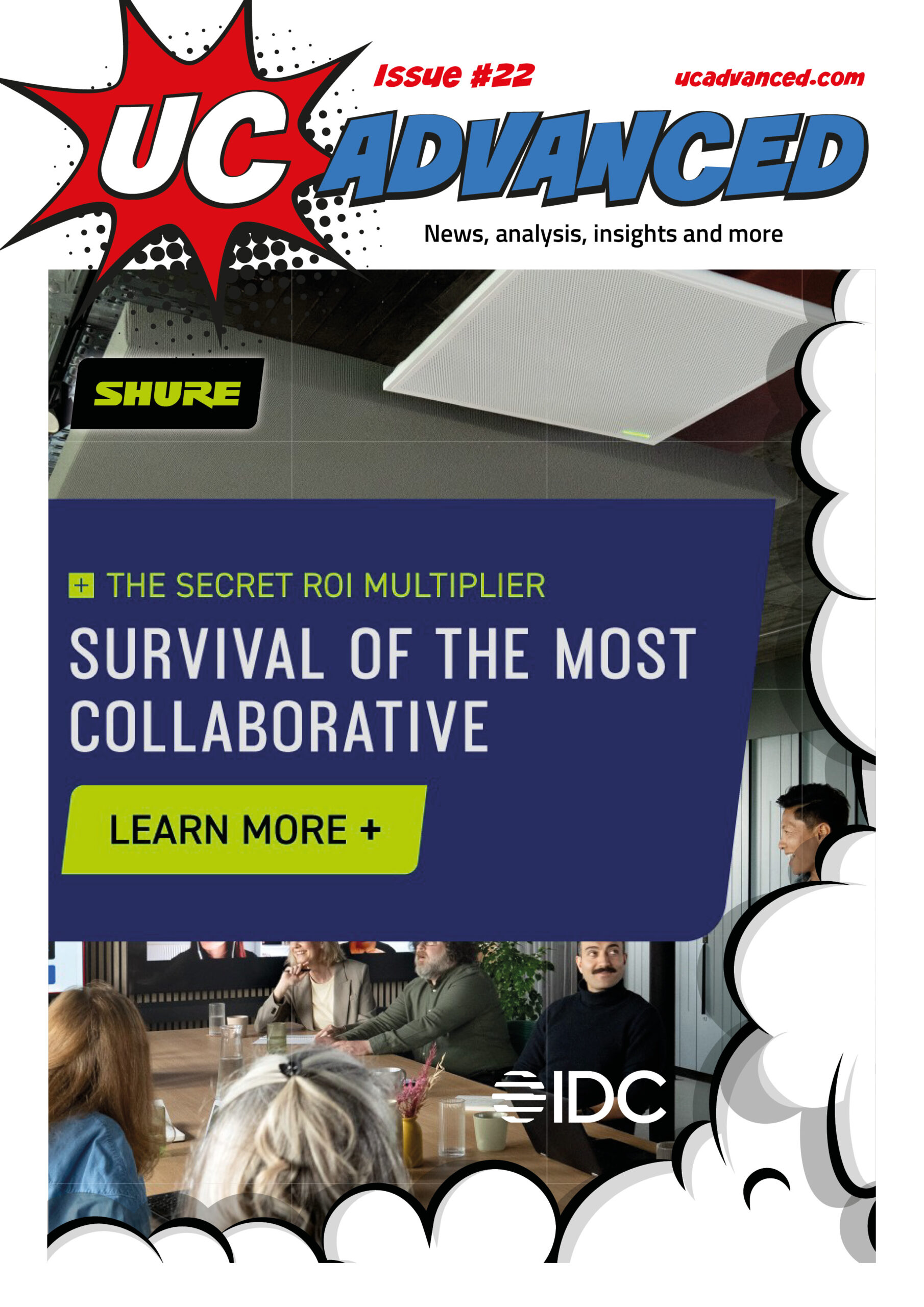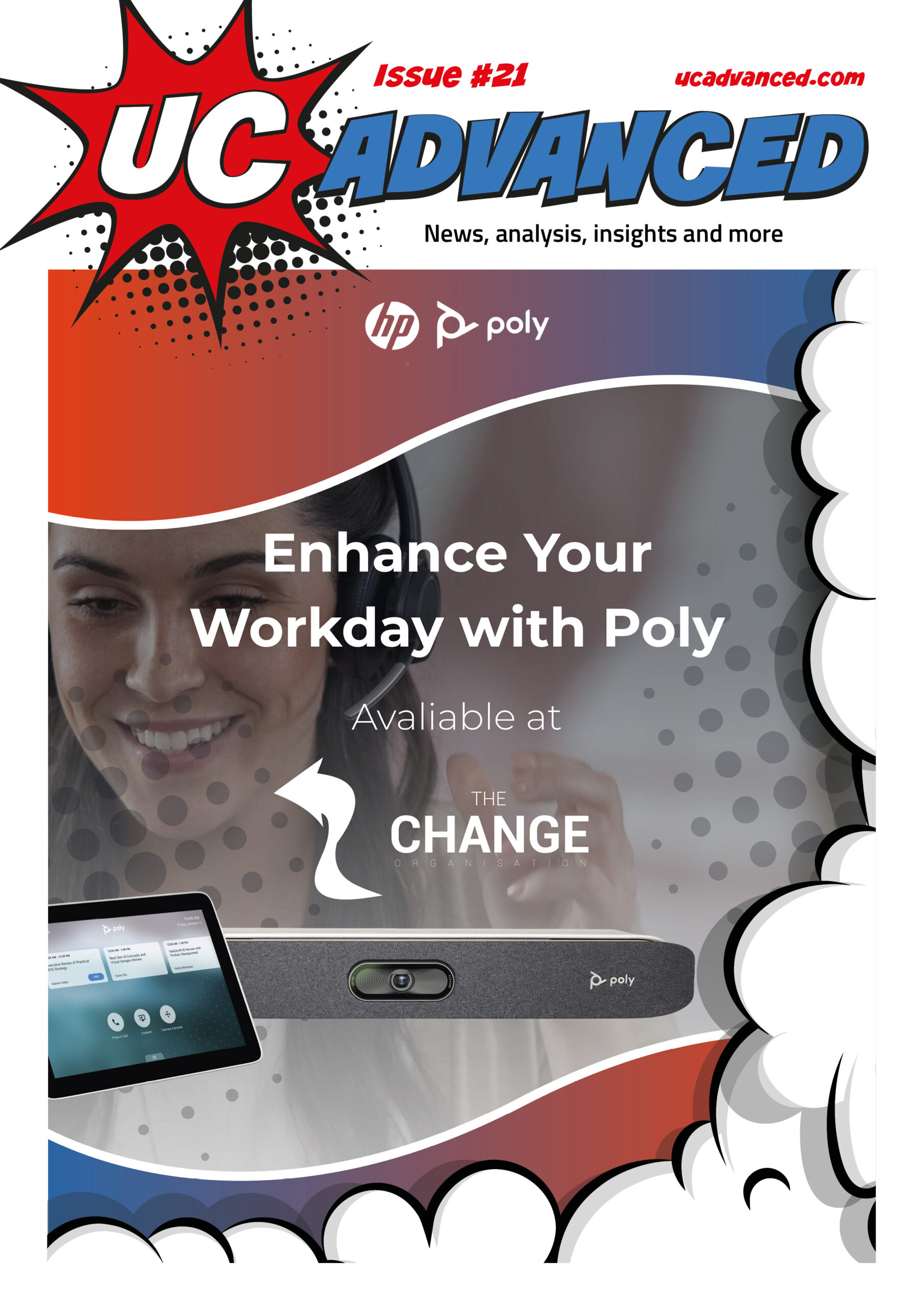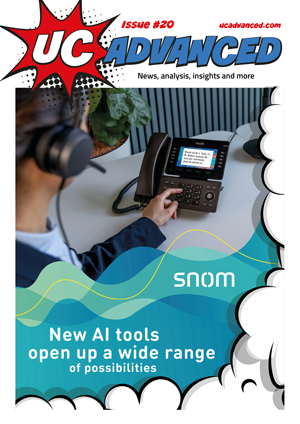NOTE: image is a concept illustration, for illustrative purposes only and is not drawn to scale
*In 15cm short-range optical wireless communication at a depth of 6.7m in actual offshore conditions (Kyocera research as of September 2025)
Kyocera’s 1Gbps Short-Range Underwater Wireless Optical Communication (UWOC) System under development
Kyocera Corporation (under the leadership of President: Hideo Tanimoto) announced recently that it achieved an underwater wireless optical communication (UWOC) high-speed rate of 750Mbps* with no latency, the world’s fastest to date, in a prototype system featuring Kyocera SLD GaN lasers. The offshore trials took place near Numazu City, Shizuoka Prefecture with the ultimate goal of 1Gbps speeds to advance high-speed, high-capacity communication for various underwater businesses, including underwater drones for marine research and smart aquaculture.
Transforming Marine Data Transfer and Underwater IoT (Internet of Things) with Blue Laser Innovation
In recent times, many organisations have increased their use of marine resources and prioritised environmental conservation. Industry leaders are anticipating the use of smart AI-driven aquaculture and underwater drones, as well as AUVs (Autonomous Underwater Vehicles), to inspect and monitor underwater infrastructure.
However, radio waves attenuate significantly in water. Acoustic communication, which professionals commonly use, transmits large data volumes, such as images or videos, slowly. In contrast, underwater communication using light experiences little attenuation and enables high-speed data transmission. By focusing on this feature of light, Kyocera is developing UWOC technology using GaN lasers, enabling high-speed, high-capacity, and low-latency communication.
In January 2025, Kyocera achieved a communication speed of up to 1.8 Gbps in indoor experiments. To move toward practical application, Kyocera conducted communication trials offshore and confirmed the technology’s usefulness. Despite these advancements, the system’s operational range and effectiveness can be affected by water clarity and power supply constraints. Understanding these limitations is essential for the application in diverse marine environments.
Overview of Kyocera’s UWOC System and Demo
Kyocera has developed a Gbps-class, high-speed UWOC system with no latency. The system utilises gallium nitride (GaN) blue semiconductor lasers, a material and design that efficiently emits blue light.
Trials confirmed that Kyocera’s system, designed to achieve a maximum data transfer rate of 1Gbps, can stably reach 750Mbps over short distances, even in harsh marine environments. The laser-based system was minimally affected by turbidity (cloudiness caused by particles in water) and ambient light, meeting the expected transmission speeds in both freshwater indoor and actual offshore conditions.
The trial was conducted over 6.7 meters in an offshore saltwater environment over a 15cm~1.5m communication distance with moderate water turbidity to evaluate system stability and performance under various conditions. These trials are essential for ensuring that technology will enable the smooth transmission of high-definition video and sensor data.
Future Developments
This technology enables next-generation Underwater Internet of Things (IoT), which was not possible with conventional methods. It supports ultra-high-speed data transmission by underwater drones and robots, retrieval of vast amounts of data from marine observation equipment, and large-scale underwater sensor networks for smart aquaculture. Kyocera will work to establish gigabit-per-second (Gbps) communication, exceeding the current speed, in offshore environments.
The goal is to realise the practical application of this underwater wireless optical communication system by 2027. With this technology, Kyocera aims to accelerate the marine business, open new possibilities for global marine monitoring and resource management and contribute to a sustainable future society. To achieve this, Kyocera is planning several pilot projects to further evaluate the system’s capabilities in diverse marine conditions.
Collaborations with industry leaders and key stakeholders in the marine sector are underway to harness regulatory insights and streamline the adoption process. The company is also actively pursuing partnerships to facilitate large-scale implementation and to align with environmental and industry standards.
This demonstration experiment is a preliminary report based on the results of a paper presented at the 43rd Annual Conference of the Robotics Society of Japan (RSJ2025) held in September 2025.

